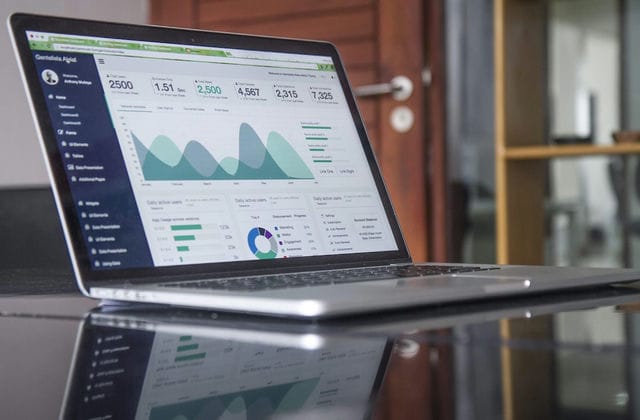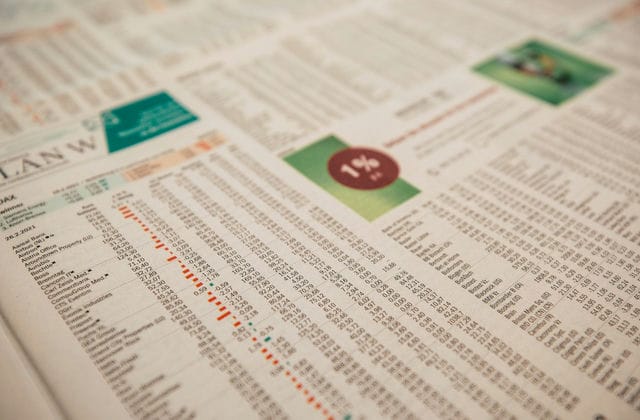Fundamental analysis is the study of the core elements that affect a country's economy and the movement of its currency exchange rate. It aims to predict exchange rate movements and market trends over an economic cycle by analyzing a range of economic indicators, government policies and events. Fundamental data not only tells us what is happening in the market now, but more importantly, it helps us to predict future market developments.
Some people divide forex traders into two categories: the technically analytical and the fundamentally analytical. In fact, the line between the two is becoming increasingly blurred. The use of fundamental analysis also requires constant attention to the price movement signals given by technical charts, while technical analysis cannot ignore the upcoming major political events, economic data releases and a host of other factors that affect exchange rate movements.
The factors that influence exchange rate movements are social, political and economic in nature. It is not always easy to be sensitive to highly dynamic market fundamentals, but at the same time you will find that you’re understanding and knowledge of dynamic global markets will improve dramatically as you study market fundamentals.

Fundamental analysis can be very effective in predicting economic trends, but not necessarily for exact market prices. For example, when analyzing an economist's forecast of future gross domestic product or employment reports, we can get a relatively clear picture of the overall economic situation, but to get specific trading strategies such as entry points and exit points, we need to use more precise technical analysis methods.
Forex traders who use fundamental analysis often use certain analytical models to derive specific trading strategies. These models often use a large amount of empirical data and prior core economic data to predict market behavior and future currency values. Traders then use this information to take advantage of market opportunities and execute trades.
There are a variety of different styles of traders in the forex market, and similarly, each uses different analytical models. Two traders may come to very different conclusions with the same data. It is therefore particularly important to look at fundamental data carefully, according to your own trading style and expectations.
Don't get bogged down by fundamental analysis. Fundamental analysis involves a wide range of factors, so traders are likely to be overwhelmed by the amount of information available. This is one of the reasons why many traders rely more on technical analysis. For some traders, technical analysis can translate the fundamental factors affecting the market into a simple and straightforward tool, or a specific currency price. However, trading without some understanding of the fundamental elements of the market is like fishing without bait. You may get lucky and occasionally win, but in the long run this is not a wise investment strategy.

For forex trading, the fundamentals are all the factors that affect the functioning of a country. From interest rates, to central bank policies, to natural disasters, fundamentals are a huge dynamic collection of unique schemes, irregularities, and unforeseen events. Therefore, a sound approach to fundamental analysis is to get hold of some of the most influential data, rather than trying to capture it all.




























